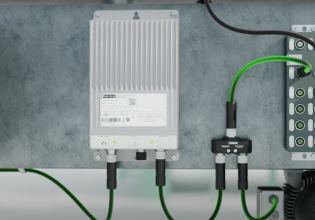M
I am developing a PI Temperature control for a Hot By pass (A kind of by pass line for gas cooler)in PLC-5. Regarding the Process Logic itself, no problems. My questions is about what values should I use in the integral and Proportional Gains. I know that should be a small gain, because is a Temp controls (slow), but I wouldn't like to use my feelings only, i'd like to projet those gains, according the valve size and the process.
Any idea, Does anybody know any site where I can find out a program for that.
Thanks
Any idea, Does anybody know any site where I can find out a program for that.
Thanks






